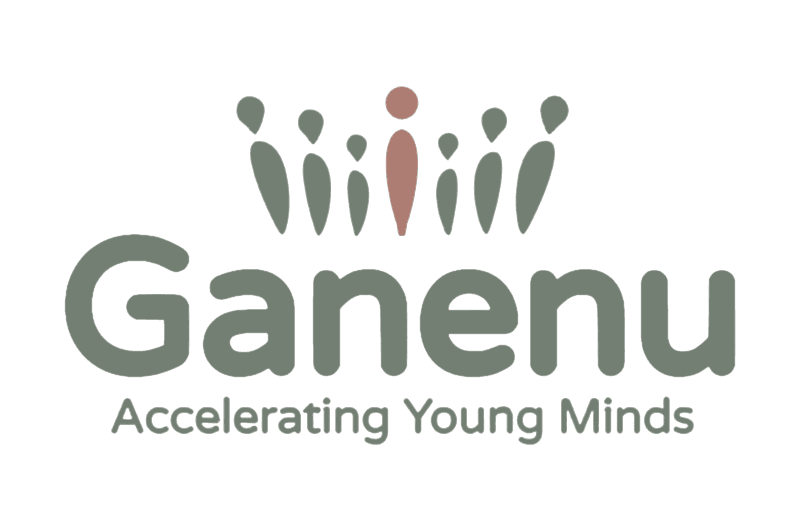There are several SDLC techniques accessible, and the natural beauty of this sea of alternatives is in determining the optimum System Development approach for a particular project. A successful design phase serves as the spark for the fourth phase, which is constructing the information system. As we covered before, the SDLC uses a conceptual model that incorporates the methods and policies required to construct or modify a system throughout its life.
- Results of software testing must be documented and approved by the IT Manager and the System Owner.
- While the maintenance stage may encompass minor updates, most software companies stay in business by regularly releasing paid updates (version 2, version 3, etc).
- Knowing the structure and nuances of each model can help to pick the one that best fits your project.
- Another significant benefit of utilizing a system development life cycle is planning and examining the organized phases and objectives of a particular software system project ahead.
- As Taylor articulated, your goal should be to think holistically about all the activities of a project and how to best manage each stage.
Then, this model passes through a business analyst, a customer representative, and Subject Matter Experts (SMEs). This SME is a key phrase, as it defines all logics businesses must develop in the software. A system is a component of information technology (hardware, software, or a combination of the two).
I.A.2. Systems Development Life Cycle
The next phase in the SDLC process is analyzing and documenting the software needs. Also, this process is done with the help of a document called ‘Software Requirement Specification’ (SRS). This document contains almost everything from designing to developing strategies throughout the project. The specialists meticulously do the task of requirements gathering to present a solution fine-tuned to their needs during the SDLC phase. Simform is a top software development company with expertise in delivering enterprise-grade solutions to its clients. If you are looking for a reputed software development partner, you can connect with us for a free 30 minutes consultation.
He is an expert having technical and interpersonal skills to carry out development tasks required at each phase. The management team may also employ a secure to implement a secure product strategy. Managers can undertake a gap analysis to determine which security activities or rules exist, which are missing, and how effective they are at each SDLC stage. This is when a network engineer, software developer, and/or programmer works on the system. This has recently been increased to seven SDLC methodologies or phases. Developers can now describe clearer and more effective actions to achieve specific goals via these newly added phases.
Table of Contents
Designers follow a set of best practices and guidelines, and use the programming tools they have at their disposal to develop the product. Iterative and incremental practices led to prototyping in the 1980s, which led to various different types of innovations like spiral and V-model frameworks, and then into agile in the 1990s. Over time, the concept of structured programming brought in the need for developmental models and the SDLC was born. This Software Development Life Cycle approach is common for smaller projects with one or two developers. The majority of time and money is spent on development, even when the client might not have a clear idea of what is needed. The V-shaped paradigm, also known as the Verification and Validation model, is an offshoot of Waterfall that stresses testing at each stage of development.
Moreover, it is vital because all the labour-intensive efforts come to play here, signifying the actual commencement of software development and installation of essential hardware. A software life cycle model (also termed process model) is a pictorial and diagrammatic representation of the software life cycle. A life cycle model represents all the methods required to make a software product transit through its life cycle stages. It also captures the structure in which these methods are to be undertaken. At Intellectsoft, we know how important an effective project management strategy is.
SDLC Process
That kind of check-in ensures that even in the highly complex environment, everything is humming along. That’s part of why companies started to hire scrum masters, to get teams together and quickly orient them to what’s happening on the ground. A converged infrastructure definition consists of multiple components operating together as one, such 🖥 as servers, storage, networking, and management software.


Some vendors characterize this as offering software development services with ongoing projected costs, in order to help clients to outsource, although many consider SDaaS to be different than the outsourced IT model. All deliverables are testable and progress is tracked by milestones. Whether a system is technical or not, it can gain from the SDLC procedure.
DevSecOps, shifting security left
It encompasses the development, analysis, design, construction, testing, deployment, and maintenance of an information system. The next phase is about to bring down all the knowledge of requirements, analysis, and design of the software project. This phase is the product of the last two, like inputs from the customer and requirement gathering. In contrast, the Agile model for SDLC is a more modular and flexible approach.


All changes to a system must be formally controlled via the Forensic Laboratory change control process, as defined in Chapter 7, Section 7.4.3. The Forensic Laboratory does not perform development or modification on purchased software packages. Change management procedures for operational software are implemented. Test criteria are met prior to implementation of operational software. Difficult to define requirements at the beginning and difficult to change at a later stage.
Limitations of the spiral model
Thus, it essentially develops a software application via iterative and repeated cycles frequently performed so developers can learn from previous portions of the software. Agility is defined as the capacity to move quickly and effortlessly, which is what an agile SDLC approach is all about. Unlike the Waterfall model and other similar SDLC techniques, the agile approach focuses on shorter planning phases, staged/phased client delivery, and frequent customer involvement. At its core, the planning process helps identify how a specific problem can be solved with a certain software solution.


A feasibility study will be made for the project as well, involving determining whether it’s organizationally, economically, socially, technologically feasible. It’s very important to maintain strong communication level with the clients to make sure you have a clear vision of the finished product and its function. If you’re looking for a reliable software development company to turn your idea into a top-quality software product, contact our system development life cycle meaning team today. The Iterative model incorporates a series of smaller “waterfalls,” where manageable portions of code are carefully analyzed, tested, and delivered through repeating development cycles. Getting early feedback from an end user enables the elimination of issues and bugs in the early stages of software creation. These are the approaches that can help you to deliver a specific software model with unique characteristics and features.
Implementation
During this step, current priorities that would be affected and how they should be handled are considered. A feasibility study determines whether creating a new or improved system is appropriate. This helps to estimate costs, benefits, resource requirements, and specific user needs. Relevant questions include whether the newly implemented system meets requirements and achieves project goals, whether the system is usable, reliable/available, properly scaled and fault-tolerant.
